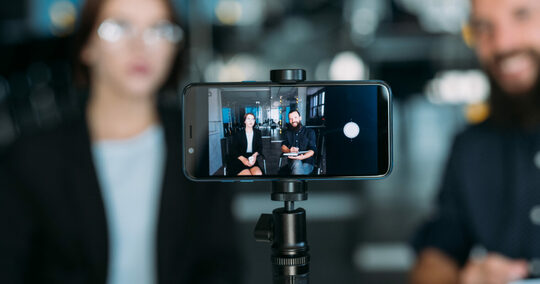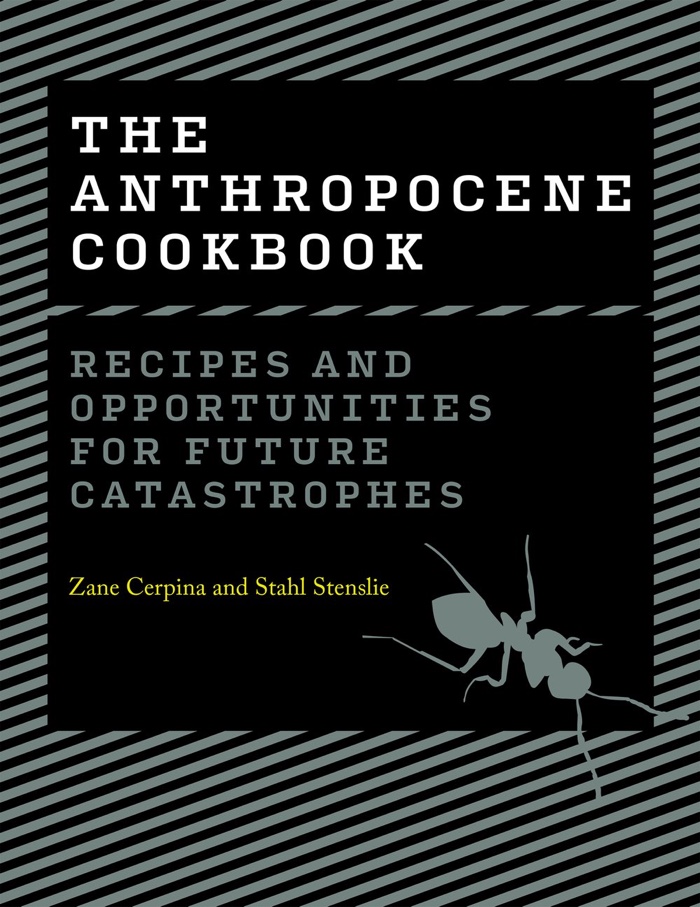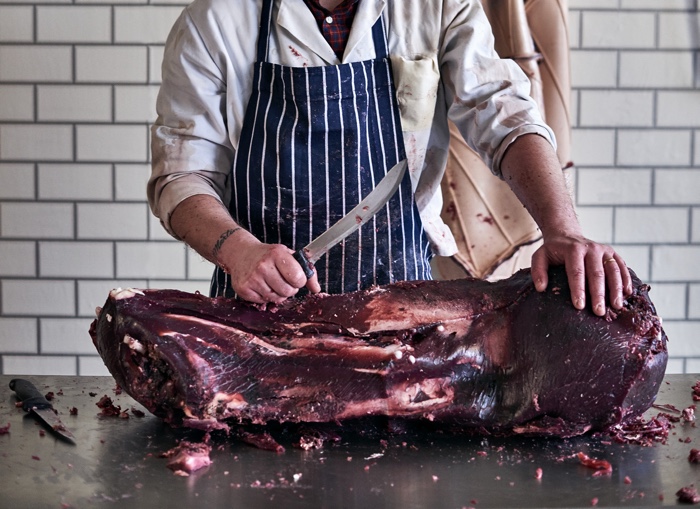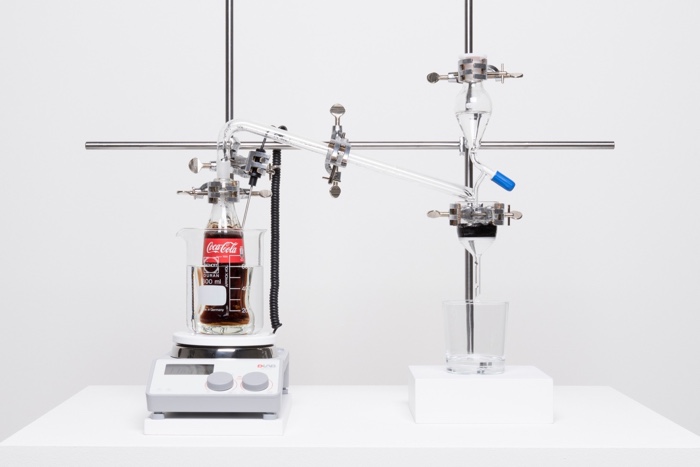How to Use Videos in Your Next B2B Marketing Campaign
Posted in: UncategorizedYour customers don’t have time to read through pages of product research and promotional materials. They have businesses to run! That’s why video is such an important tool for B2B marketers.
Video engages your potential clients much better than standard text. For example, using video in your email marketing can result in a 300% boost in click-through rates. And, landing page videos can increase conversions by 130%.
Video content is more trustworthy and easier to access than text. And it’s not just for social media pages and YouTube ads. A great B2B video hooks the viewer and leaves a lasting impression. Text-based content can’t do that.
That may be why 70% of B2B marketers report that video is more effective than any other form of content for converting leads.
How can you use videos to increase conversions and get more leads in your next B2B marketing campaign? Use the tips below to get results.
Use Video in Email Marketing
Email marketing is the second-most popular tool among B2B marketers. But for some reason, not many have upgraded to using video in their email funnels. This may be because the older generation of B2B buyers was not as tech-savvy.
But now, millennials comprise most of a B2B marketer’s audience. They expect modern sales tactics and communication techniques like video and live chat. And like all targets, they won’t spend time researching the benefits of your service if you don’t hook them first.
A powerful onboarding email funnel featuring a series of videos can go a long way toward generating leads. Email videos result in skyrocketing CTRs, and B2B marketers have a high potential for maximizing ROI with high-quality production. Even better, your email videos can be repurposed for social media, YouTube, and more to get more bang for your buck.
Incorporate More Video into Your Website
Businesses are converting more of their traditionally text-based web pages into video content. From landing pages to “about us” pages and even customer reviews, everything is turning to video.
B2B audiences tend to prefer video, with well over half of senior executives stating that they prefer watching video on a website to reading text.
Landing page videos play a huge role in boosting conversions and engagement. A simple background video can showcase the value of your product or service even while muted. Check out this example from the commercial webpage for Chipman Relocation. Of course, text-based content is still important. But a great video can replace a lot of your pitch, leading straight into your service offerings.
Once traffic clicks through to your product pages, there should be videos awaiting them there too. High-quality product videos and explainers will move traffic seamlessly through your funnel until they’re confident enough to buy–or at least become a lead. Check out this cool B2B product video by Ruby.
Make Testimonials with Real B2B Customers
One of the best ways to build confidence in potential customers is to showcase the satisfaction of your current customers. Normally, this is done via text-based reviews.
Don’t get us wrong–all reviews are critically important. Even written reviews can boost B2B conversions by up to 270%.
But video testimonials are much, much more effective. Viewers retain about 95% of the information in a video testimonial compared to 10% of a written review. And video testimonials are far better at building trust. They allow viewers to see real customers expressing their satisfaction and describing the impact of your product or service.
This engages a viewer’s sense of empathy, which a few lines of faceless text can’t do.
Here’s an example of a testimonial for the workplace management services provider Robin. It shows how a testimonial can demonstrate the value your service provides and build trust–all in under two minutes.
To maximize the impact of your testimonials and stay within budget, plan multiple videos beforehand and shoot them all in one period. Then, release them throughout your campaign.
Modernize your Social Media Presence with Video
Now that Gen Z is entering the workforce and millennials are entering higher management positions, social media is becoming a place where businesses interact with one another. B2B companies must be just as active on social media as B2C brands.
Traditional business-focused social media platforms like LinkedIn are still important places to interact, and video consumption there is growing rapidly. Modern social media users on TikTok, Instagram, and YouTube are now engaging primarily in video formats. About 61% of B2B marketers are boosting spending on IG, while 45% are increasing their investment in YouTube marketing. TikTok is not popular with B2B marketers yet, but this could present valuable opportunities for creative brands in the future.
Social media is the perfect place to create buzz for your brand with ads, behind-the-scenes videos, interviews, and testimonials. You can also use your social media for goodwill posts, thank you videos, and product launch videos. The idea is to post bite-sized content that offers value without miring viewers in details. More complex videos like how-to guides, explainers, and product demos are best left on your website.
Create Detailed Tutorials
If a customer is interested in your product, they want to get down to the details to understand how your offering differs from their current solution. However, they’re reluctant to leaf through pages of manuals to find what they’re looking for.
A detailed tutorial video can walk viewers through the function and benefits of your service to show them exactly how it provides value. Tutorials should be direct and dry–the goal is not to entertain, as your audience is here for a specific reason.
However, you should make your tutorials with an agenda: you need to position your product/service against the competition with every step. By the end of the video, viewers should not only understand how your product works, but they should also have a clear idea of what makes it stand out.
Modernize your B2B Marketing Campaign with Video
Now is the time to jump head-first into video in your B2B marketing campaign. The internet is being taken over by video content on websites, social media, and eCommerce stores–and the demand for video continues to grow.
If you don’t know how to produce videos or are worried about your budget, there are plenty of options to consider. For example, you can convert your blogs into videos using AI video tools at very low cost. Stock video is also a great option for splicing together videos without the need for a production crew.
Start sharing your B2B video content now to modernize your marketing efforts and increase engagement.













